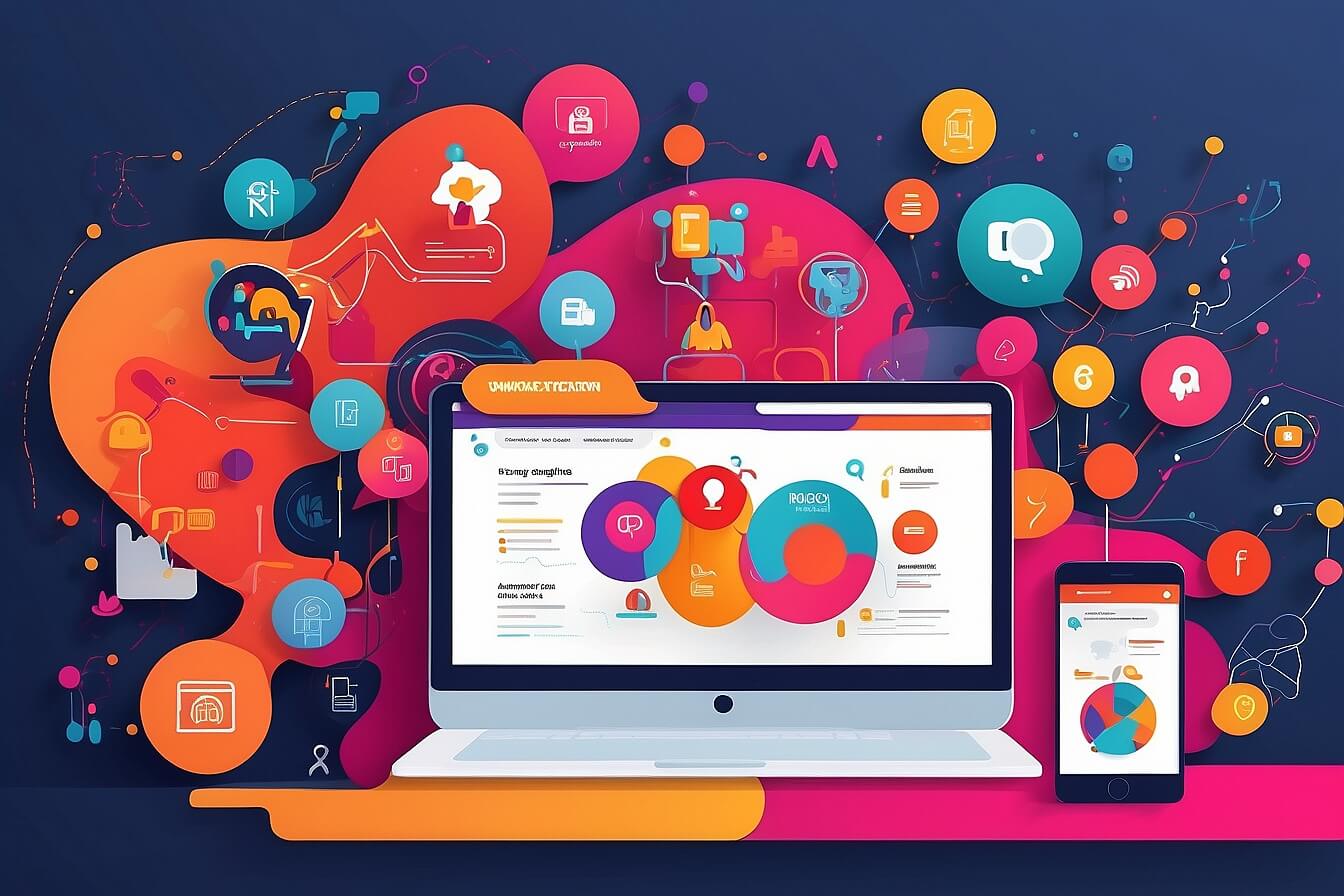AI in Google Shopping Ads: Improving Product Visibility

In today’s digital landscape, where infinite choices and options are just a few clicks away, the challenge for businesses lies in making their products stand out and easily discoverable. This is where artificial intelligence (AI) steps in to revolutionize the way we enhance product discoverability.
With AI algorithms at the helm, businesses can now optimize their product visibility in various platforms like Google Shopping Ads. By harnessing the power of AI, websites can ensure that their products are shown to the right audience at the right time, boosting their chances of being discovered and ultimately driving sales. AI can analyze vast amounts of data and user behavior patterns to identify relevant keywords, trends, and preferences, leading to improved targeting and ad relevance. Furthermore, AI-driven product recommendations in shopping ads can provide shoppers with personalized suggestions, increasing the likelihood of them finding products that truly match their needs.
To leverage the benefits of AI in enhancing product discoverability, businesses can follow a few key steps. First, they need to integrate AI-powered algorithms into their marketing strategies, allowing the technology to analyze and optimize their product data. Second, businesses should continuously monitor and analyze customer behavior patterns to identify trends and preferences. Using this data, businesses can create targeted advertising campaigns to increase product visibility. Finally, it’s essential to regularly update and refine AI algorithms to ensure they remain up to date with evolving customer behavior and market trends. By embracing AI, businesses can unlock a world of possibilities and enhance product discoverability like never before.



